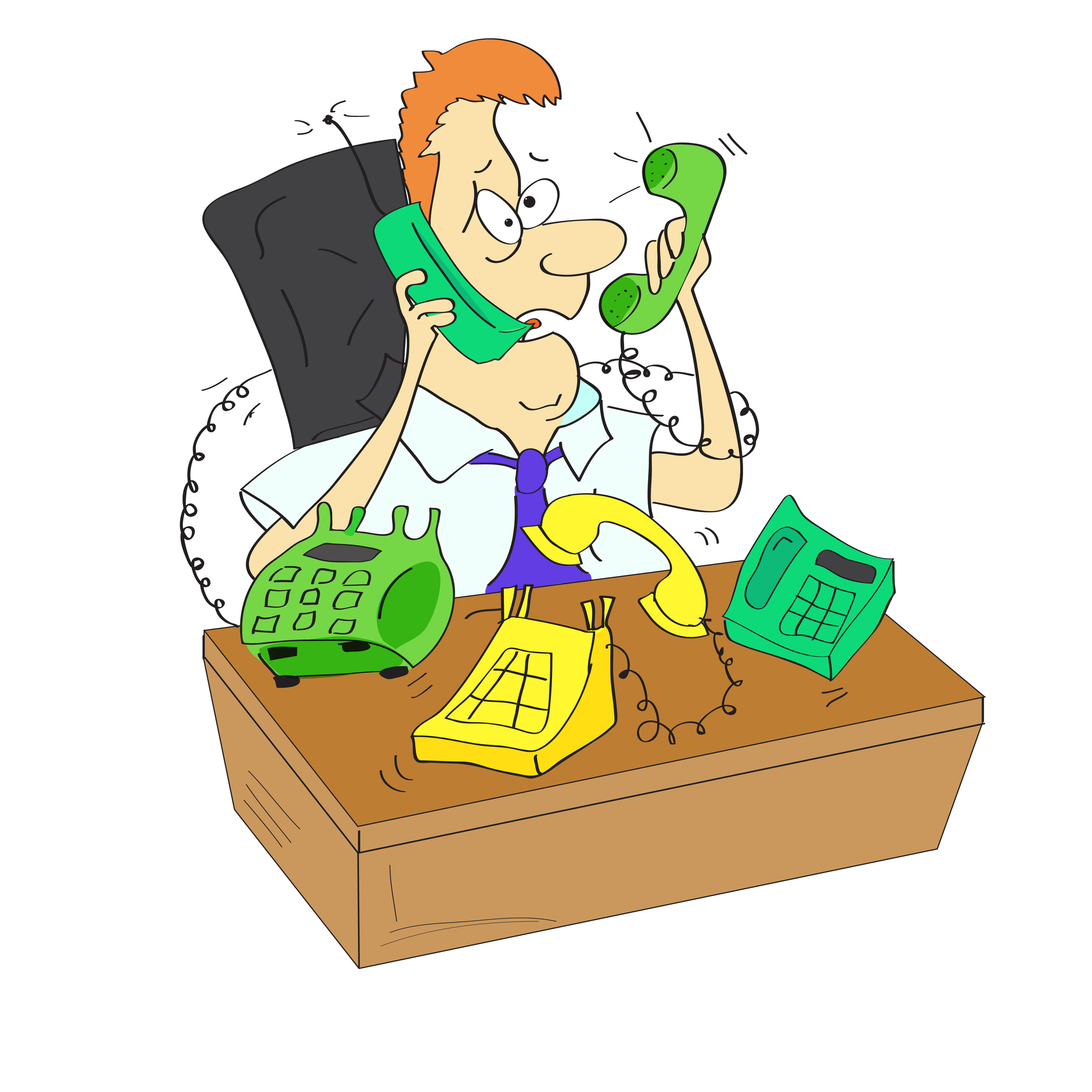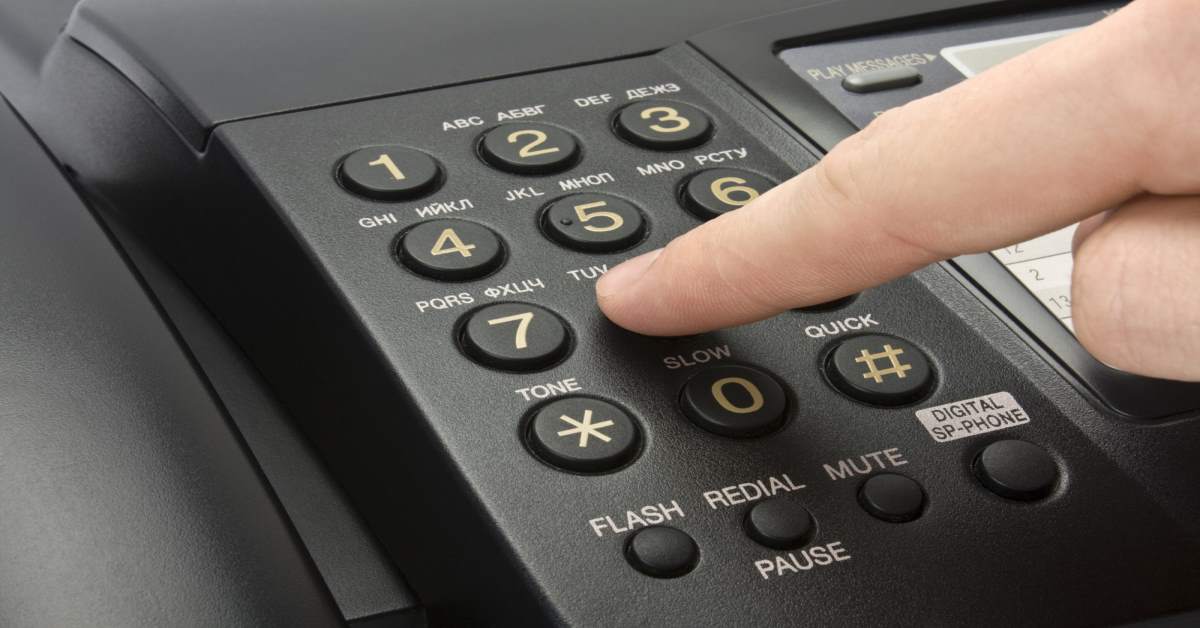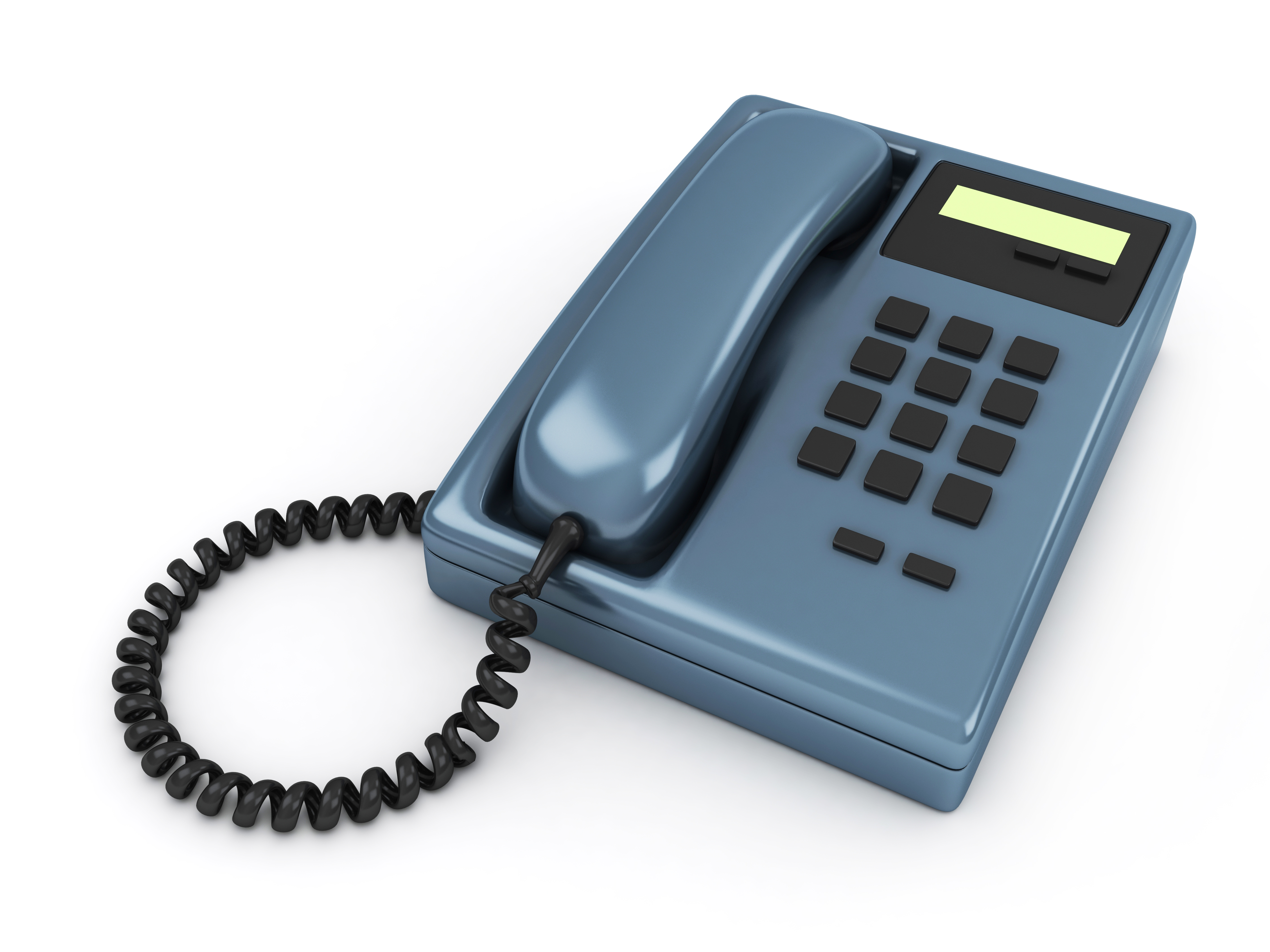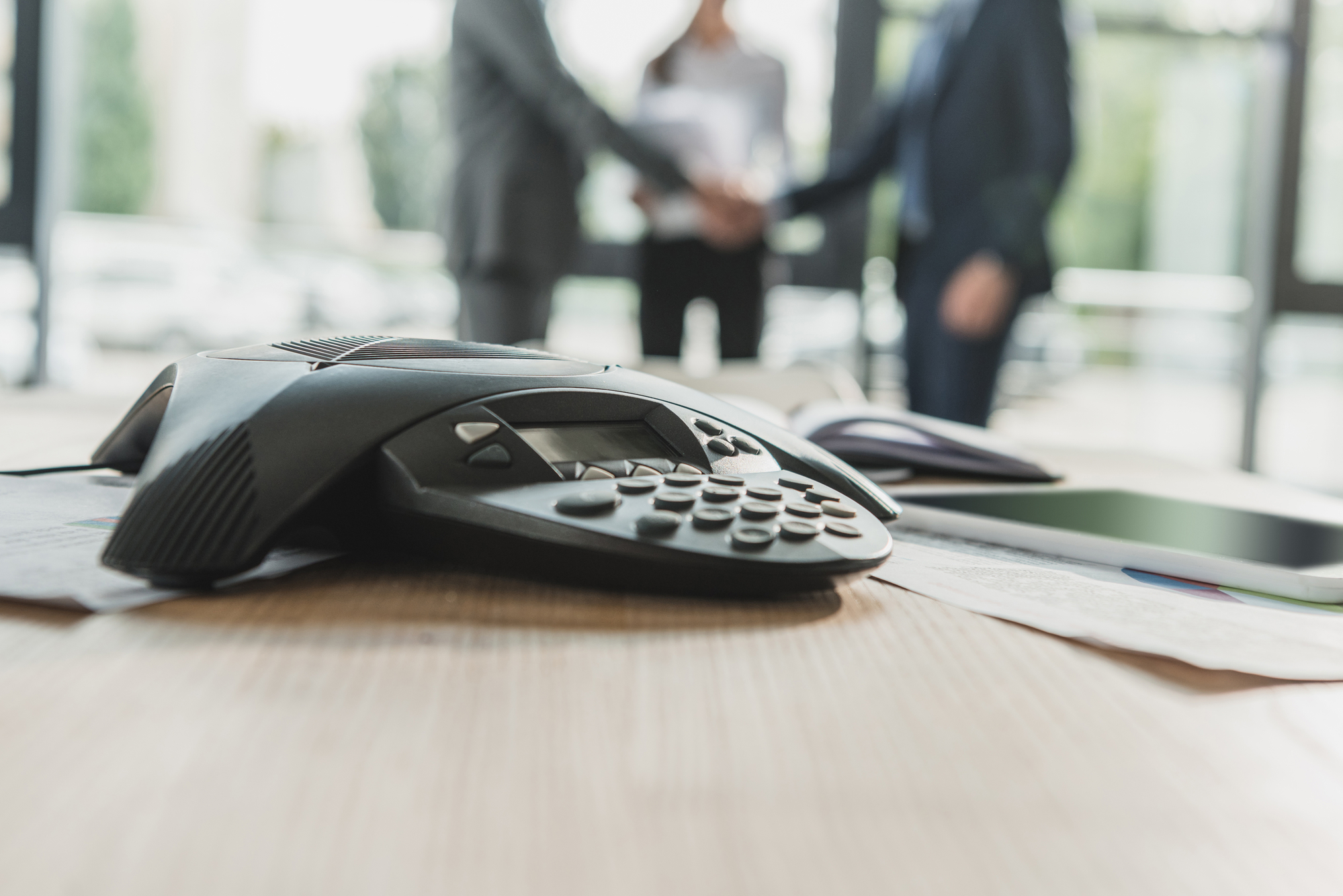– Hi, this is (name). I’m sorry I cannot take your call right now. Please leave a detailed message after the tone along with your name and telephone number. I will give you a call as soon as I return. Thank you.
4. You have reached [your business]. All of our sales representatives are busy serving other customers but we would like to return your call as soon as possible. For current pricing information or to check the status of your order, please visit us on the web at [your website]. Otherwise, please leave us a message with your name and number after the tone. If you would like to return to the previous menu, press the [key to main menu].
.
We’re keeping it simple with this one. Just a few basic elements to help you get started. As long as you know who your audience is, the message you wish to convey, and the information you need from the caller, the rest should fall into place quite nicely. Let’s face it, a voicemail greeting for a lumber company will probably be different than that of a psychologist’s office. One greeting is aimed at securing potential customers, and the other is geared towards appointments, more or less. Once you are certain who your caller is, the better your voicemail. Center on your audience, first and foremost. Knowing what to relate ensures that your caller will leave the right message. For instance, if you’re a retail store, you would include your hours of operations, and perhaps any specials that you’re running. If you are a therapist’s office, then you’d need to include an alternate number in case a patient is having an issue and requires immediate help. Again, this will vary depending on the business. Here, a therapist would definitely request the caller leave their contact information. However, a retail store chain might not request that. There are also complex voicemail systems such as those used by mobile phone services, which ask you to press a certain number on your phone, where you are asked to leave your account information. Again, as you can see, it all boils down to the demographics of your callers, and what you need from them to conduct the best business possible. Depending on the situation, your caller might be in a good mood or not. In either case, they’ll probably be eagerly awaiting your call. So, it stands to reason that you only promise them a call back if you can deliver. In other words, if you’re a small shop and you’ve decided to close due to a much-needed sabbatical, then don’t leave a voicemail greeting where you promise them to call right back. However, if you have an active customer service staff, then you can promise to return their call within the same day.
Checking your landline voicemail with another phone usually requires the same easy steps. To check voicemail from another phone, you usually need to call your number, press the star or pound key (depending on your carrier), and enter your pin number.
6. Don’t Overthink, Just Keep it Short and Relevant. The main point that we want to drive home with this article is that you shouldn’t overthink your business voicemail greeting.
Similar to your phone greeting, your voicemail greeting should state your private practice name and instructions on what information to leave on the message (such as name, number, and the best time to call back). Include instructions on what callers should do in case of emergency.

Good day, you have reached the office of [Name]. I’m away for the weekend. If you require my immediate assistance, please call 555-555-2345. Otherwise, if this is a casual call, please leave your name, number and a brief message, and I’ll get back to you on Monday.
06Hi, you’ve reached the offices of [your company/name]. I will be out of the office between [dates] and [date]. You can reach me on my private cell [your number] if this is an emergency. Alternatively, you can call me when I get back to the office or leave a brief message.

You have reached (Your Name) at (Your Business). We help (What Your Business Does). I wasn’t able to take your call right now, but leave your name and number and I’ll get back to you as soon as I can.
5.) Welcome to the personal mailbox from Dirk Schuster, company John Doe. Please leave message with your phone number after the tone. You will be called back as soon as possible. For urgent requests, please send an email to [email protected]. Many thanks for your call.

Even in today's fast-paced world, customers don't like being greeted with an automated message. According to the New York Times, callers of a certain age are put off entirely if they are answered by a voicemail instead of a real person.
Businesses should have two main types of greetings to create an excellent call experience. The first one is what we call a “welcome greeting” – this greeting welcomes callers to your business. Typically, a welcome greeting will present a menu of call options like hours, location, or customer service. For more details on how to create a welcome greeting for your general business number, read this article.

My wife and I can’t come to the phone right now, but if you’ll leave your name and number we’ll get back to you as soon as we’re finished.
LEVEL 6, BRILLIANT SOLITAIRE, SCHEME No 78 PART 2, VIJAYNAGAR, INDORE (M.P.) – 452010 IN P: +91 731 6725516 | M: [email protected]

Our voice mail greeting can provide you a professional image, separating you from your competitors.

This article is about the second main type of greeting – the voicemail greeting. All businesses should have professional voicemail greetings at the company level (i.e. your general business number), department level (e.g. customer service), and employee level, where applicable. It’s important that each of these voicemail greetings align with the brand and personality of your company to ensure that every caller has a consistent experience. Let’s dive in!

Keep callers on the phone with messages on hold. Make announcements while they’re waiting or being transferred.